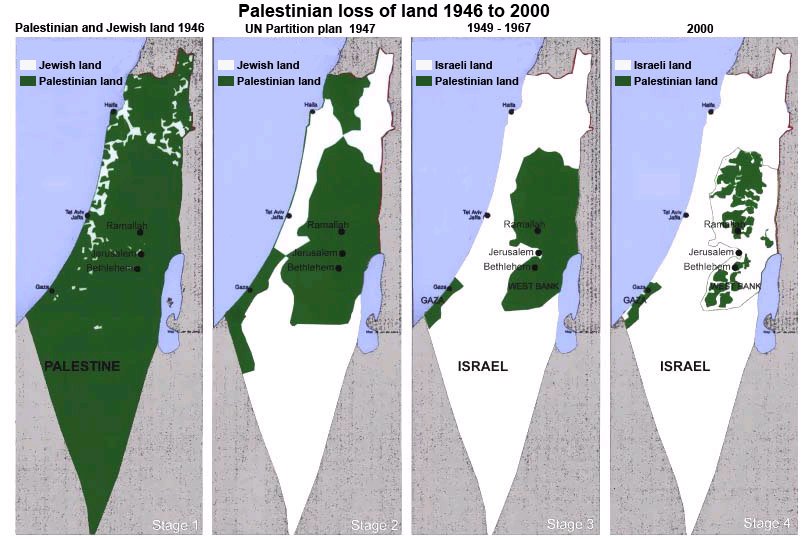In this case it is Roslyn M. Frank, professor emeritus of Spanish and Portuguese at the University of Iowa and a scholar who has dedicated some good time to deal with Basque language, visiting this little corner of Europe very often since 1974 and authoring several books on Basque theme, mostly on linguistics.
In her latest visit, these days, Frank offered two interviews with Noticias de Alava (local newspaper in Spanish language):
In one of them she states her astonishment and that of the European scientific community because of the lack of analytics on the controversial pot shards with inscriptions (mostly in Basque and Vulgar Latin).
Two weeks ago I was at a congress in Germany in which there were a lot of scientists from everywhere in Europe, among them several archaeologists. When I told them about Iruña-Veleia, the first thing they asked was: 'Which were the results of analytics?' And I had to reply that they were never made. They could not understand. And asked once and again: 'But why were they not made?' And I did not know what to answer.
She compares the Kafkian circumstances surrounding Iruña-Veleia with a paternity demand in which the alleged father is the one demanding a paternity test after being declared guilty without any evidence.
It is impossible to talk of scientific consensus in this case. The data provided by the [official] report are very weak because of 359 pages most do not even have bibliographic references.
She is outraged by the procedure executed by the new director, Julio Núñez, which she considers an attack against the patrimony. A position held by this blog and SOS Iruña-Veleia, among others.
For linguists, she argues that the philological reconstruction of proto-Basque (the main argument held against the Lurmen archaeological team led by Eliseo Gil) cannot ever disprove any archaeological finding:
... the word 'proto' always means a reconstruction, which is hypothetical, because the appearance of new data often changes the nature of the reconstruction.In other words, the academic inquisition of the Philology department of the Basque Country University has, consciously and mischievously, put the cart before the horses in this case.
In the other interview, she says that she hopes the best but expects little for Iruña-Veleia, at least while Núñez is in charge. Her denounce of his destructive methods contrasts with the support for the period in which the site was under the direction of Eliseo Gil and Idoia Filloy, when the site attracted as many as 35,000 visitors (2008).
In both interviews she lists a number of other important supporters of the original methods and findings, some of whom have already been mentioned here: Juan Mari Elexpuru (linguist), Hector Iglesias (linguist), Emilio Illarregi (archaeologist), Luis Silgo Gauche (archaeologist) and Edward Cecil Harris (archaeologist).
Found at Iruña-Veleia, Gezurra Ala Egia?[eu], where a paper by Roslyn Frank on the graphological analysis used to smear Eliseo Gil is also linked (click on 'descargar', PDF in Spanish). This document, which concludes with a request for the provincial government be stripped from its role as custodian of the original graffiti in benefit of the right of defense, is part of the procedures of the trial against Eliseo Gil. In this procedure it has also been ordered an official analytic by police as the provincial government has refused to do so.
For background and further information on this most sad scandal, see the category Iruña-Veleia in this blog.



















